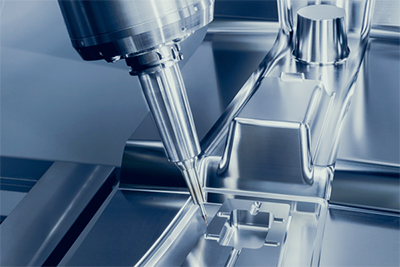What is prototype material?
Views: 908 Update date: Sep 11,2023
In the realm of product development and innovation, selecting the right material for prototyping is paramount. Among the various options available, aluminum prototypes have earned a reputation for their versatility and performance.The Advantages of Aluminum Prototypes
Aluminum prototypes stand out for several compelling reasons:
1. Lightweight
Aluminum is renowned for its exceptional strength-to-weight ratio. Its lightweight nature makes it an optimal choice for a wide range of applications, particularly those where weight reduction is critical. Industries such as aerospace, automotive, and consumer electronics benefit significantly from aluminum's weight-saving advantages.
2. Durability and Resilience
Despite its lightweight properties, aluminum exhibits remarkable durability and resilience. It can endure harsh environmental conditions and mechanical stresses, making it an ideal material for prototypes that undergo rigorous testing.
3. Precision Machining
Aluminum's malleability allows for precise machining, enabling the creation of intricate and complex prototypes. This versatility is particularly valuable when crafting prototypes for intricate mechanical components or high-precision devices.
4. Excellent Thermal Conductivity
Aluminum is an exceptional conductor of heat. This property makes it invaluable for prototypes in applications where efficient heat dissipation or thermal management is critical, such as electronic devices and heat exchangers.
5. Corrosion Resistance
Aluminum naturally resists corrosion, ensuring that your prototypes maintain their integrity over time. This corrosion resistance extends the lifespan of your prototypes and reduces the need for constant maintenance.
Steps to Create Aluminum Prototypes
To transform your design concept into a tangible aluminum prototype, follow these key steps:1. Design Phase
Begin by creating a comprehensive design of your prototype. This phase involves detailed sketches, digital modeling, and prototyping software to visualize every aspect of your product.
2. Material Selection
Choose the appropriate aluminum alloy based on the specific requirements of your project. Different alloys offer varying degrees of strength, corrosion resistance, and other properties.
3. Prototyping Methods
Select the most suitable prototyping method for your design. Common approaches include CNC machining, 3D printing, and sheet metal fabrication, each offering unique advantages depending on your project's complexity and budget.
4. Testing and Validation
Once your aluminum prototype is fabricated, subject it to rigorous testing and validation processes. Evaluate its performance, functionality, and durability to identify areas for improvement.
5. Refinement
Based on the testing results, refine and optimize your prototype as necessary. Iterative refinement is often a crucial step in achieving a successful final product.




